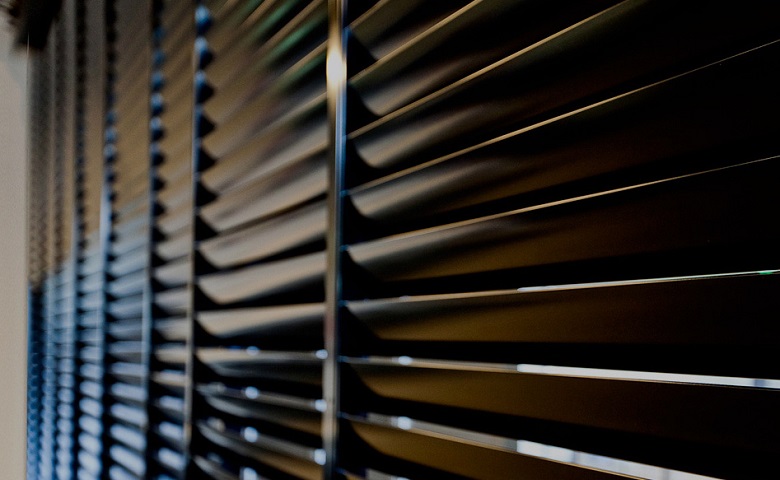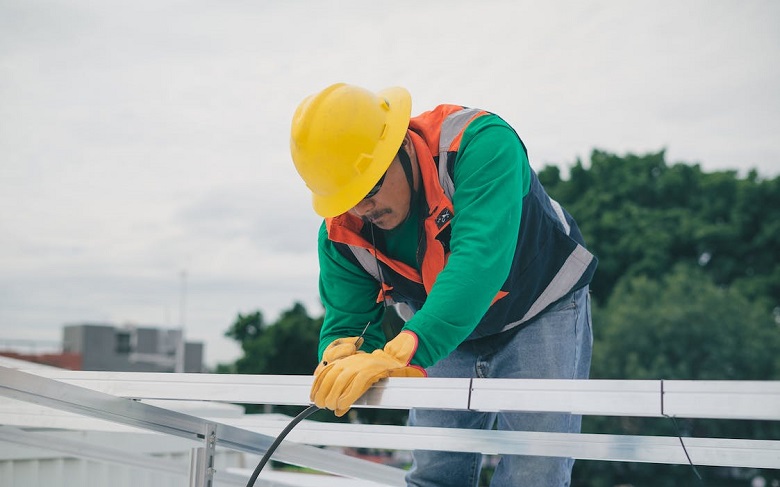It is no secret that Florida is growing in popularity among tourists and residents as time passes, with its exceptional weather ranking among the top attractions. Southwest Florida is one of the most well-liked travel locations in the nation because to its pleasant breezes, sunny days, and salty sea air. It’s crucial to take full use of this stunning environment, whether you live here year-round or are simply visiting. For many people, that means letting the light shine brightly inside the house.
Both your personal wellbeing and the atmosphere of your house are greatly improved by natural light. Taking use of natural light is simple here due to the abundance of sunlight we get each year, and certain window coverings may assist optimize brightness more effectively than others. Here’s how to use your window coverings to bring lighter into your house.
Select bigger louvers
Louvre windows include movable slats called louvers; if you’ve selected shutters for your house, choosing wider louvers will let you benefit from the best light. When you tilt open the louvers, the lighter they can allow in, the larger they are. If you choose a midrail, you will be able to separately control the top and bottom shutters, allowing you to achieve both your goals of privacy and light filtering.
For many years, Louvre windows have been a well-liked window decoration. Louvretecperth noted that they provide many wonderful advantages, like as more insulation and sun protection, which are really helpful when the weather is very chilly, as it has been recently.
You probably already know that Louvre windows are often constructed of wood or a synthetic material, such as vinyl or plastic, frequently referred to as “plywood,” if you’ve ever looked for them in a store. I prefer wood shutters over vinyl or manufactured items since they are often lower in weight, which means fewer sagging issues, particularly in bigger windows.
A major benefit that wood shutters have over vinyl or plastic shutters is that, in most cases, man-made panels lack a mechanism for adjusting or tightening the louvers (tension adjustment screws) if they become loose or start to droop over time. Louvers will inevitably start to loosen over time from regular usage, which is quite expected.
There are certain shutters that have springs incorporated into the paneling. I’ve always avoided them since, in most cases, the only option is to replace the whole panel if the spring breaks.
When looking for shutters, it’s crucial to inquire about this feature since some less costly wood shutters don’t have tension adjustment screws either. Check to see whether a louver has a tension adjustment screw if you have wood shutters and one of the louvers seems to be drooping or hanging down. If it happens, you may quickly repair the loose louver. Let me demonstrate how it works.
Each winter, I see that a portion of the louvers on a couple of the shutter panels I often open and close start to hang down. Because wood shrinks over the winter, this tends to happen at this time of year. If I did nothing, it’s likely that the strain would decrease or even disappear once the springtime warm weather and humidity returned, and the wood began to expand once again. But it doesn’t always, and who wants to spend the whole winter staring at floppy louvers? Right?
Interior louvre windows
If a louver panel in one of your windows is drooping or hanging down and isn’t staying open as it should, open the panel and check for any tiny holes along the inner edge. If your panels have built-in tension adjustment screws, you’ll often locate them there. Each panel piece typically has one tension adjustment screw. As you can see in the photo below, each panel of my shutters has a screw for the top portion and a screw for the bottom section.
If you have Louvre windows with tension adjustment screws built in, retightening your loose louvers is really simple. Simply place a Philips head screwdriver in the opening, hold the real louvers firmly in place with your left hand, and turn the screw slightly clockwise while using your right hand. The louvers will spin if you don’t keep them steady with one hand while tightening the screw, making it impossible to change the tension.
The screw normally only requires the slightest turn to tighten the louvers, which is why I recommend giving it a tiny “nudge.” Avoid overtightening the screw by turning it very slightly. A little, modest rotation of the screw will often enough. Of course, if you’re left-handed and prefer to use a screwdriver with your left hand, you’ll want to switch those instructions.
Learn how to Make Interior Louvre windows Stop Sagging
The screws are often found between the shutter panels if your property has a window with bi-fold Louvre window panels. Here in my breakfast room is another window where I always find one or two loose louvers in the winter. (Note the arrows pointing to the unfastened louvers below.) I open and shut the louvers in here almost every day in the winter when it’s freezing outside and the leaves are off the trees, so when it’s very cold out, one or two of them tend to loosen up.
Again, tightening up bi-fold shutters simply takes a few seconds. Simply unzip the rear of your bi-fold panels to reveal the holes where the tension adjustment screws are concealed. The tension adjustment screw may be placed on the panel’s outside edge by some manufacturers, but most manufacturers tuck it away within the panel where it is hidden.
Final words
Now you have a clear idea on how to add a louvre window treatment to any room in your house. You can go ahead with getting them, and you will never regret about the decision.




